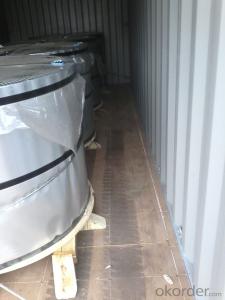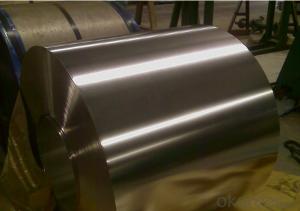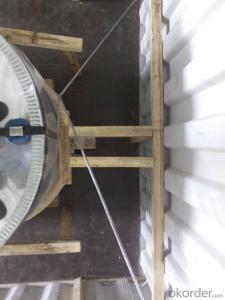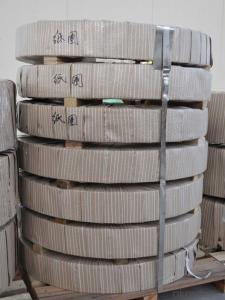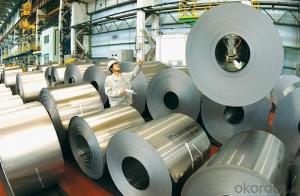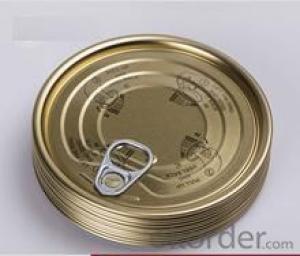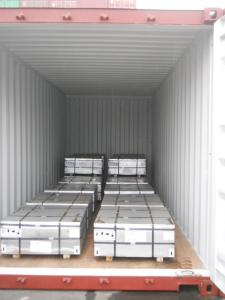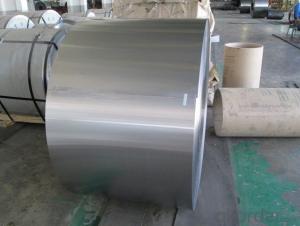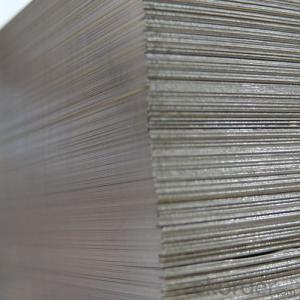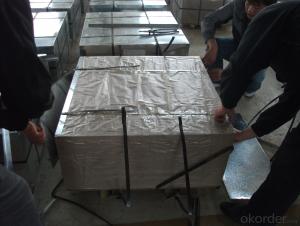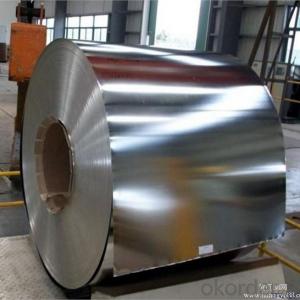All Categories
- - Steel Wire Rod
- - Steel Coils
- - Steel Profiles
- - Steel Pipes
- - Stainless Steel
- - Tinplate
- - Special Steel
- - Steel Sheets
- - Steel Rebars
- - Steel Strips
- - Hot Rolled Steel
- - Cold Rolled Steel
- - Pre-painted Steel
- - Seamless Steel Pipe
- - Welded Steel Pipe
- - Hollow Steel Tubes
- - Galvanized Pipe
- - Stainless Steel Coil
- - Stainless Steel Sheet
- - Stainless Steel Plate
- - Stainless Steel Strips
- - Electrolytic Tinplate Coil
- - Electrolytic Tinplate Sheet
- - Stainless Steel Rebars
- - Solar Panels
- - Solar Water Heater
- - Solar Related Products
- - Solar Inverter
- - Solar Cells
- - Solar Light
- - Solar Energy Systems
- - Solar Controllers
- - Solar Mounting System
- - Solar Pump
- - Solar Chargers
- - Fiberglass Chopped Strand
- - Fiberglass Mesh Cloth
- - Composite Pipes
- - FRP Pultrusion Profiles
- - Fiberglass Mat Tissue
- - Fiberglass Fabrics
- - Fiberglass Mesh
- - Composite Tank
- - Fiberglass Mesh tape
- - Polymer
- - FRP Roofing Panel
- - Fiberglass Roving
- - Monolithic Refractories
- - Ceramic Fiber Products
- - Refractory Bricks
- - Raw Materials For Refractory
- - Suspended Platform
- - Cranes
- - Concrete Machinery
- - Earthmoving Machinery
- - Building Hoist
- - Road Building Machinery
- - Plastic Pipe Fittings
- - Plastic Tubes
- - Plastic Sheets
- - Agricultural Plastic Products
- - Plastic Nets
 All Categories
All Categories
Q & A
How does tinplate contribute to energy efficiency in the manufacturing process and appliance use?
Tinplate contributes to energy efficiency in the manufacturing process and appliance use by offering several advantages. Firstly, tinplate is a lightweight material, which means less energy is required for its transportation and handling during the manufacturing process. This results in reduced fuel consumption and lower carbon emissions.
Moreover, tinplate has excellent thermal conductivity, allowing for faster and more efficient heat transfer in appliances. This translates into quicker heating and cooling times, reducing energy consumption during appliance use. Additionally, tinplate's high corrosion resistance ensures the longevity of appliances, reducing the need for frequent replacements and minimizing energy consumption associated with manufacturing new appliances.
Overall, tinplate's lightweight nature, thermal conductivity, and corrosion resistance contribute to energy efficiency both during the manufacturing process and in the usage of appliances.
How is tinplate affected by long-term storage in varying humidity levels and climate conditions?
Tinplate is generally resistant to corrosion, making it suitable for long-term storage in varying humidity levels and climate conditions. However, prolonged exposure to high humidity or extreme climate conditions can still lead to minor corrosion or dulling of the tinplate surface. Therefore, it is recommended to protect tinplate products with additional coatings or proper packaging to minimize any potential effects on its appearance or performance during long-term storage.
Can tinplate be employed in the creation of decorative interior room dividers?
Yes, tinplate can be employed in the creation of decorative interior room dividers. Tinplate is a versatile material that can be molded, cut, and shaped into various designs and patterns. Its durability and corrosion resistance make it suitable for decorative purposes. Additionally, tinplate can be painted or coated with different finishes to enhance its visual appeal, making it an excellent choice for creating decorative room dividers.
What is the difference between electrolytic tinplate and black plate?
Electrolytic tinplate is a type of tin-coated steel that is produced by electroplating a thin layer of tin onto the surface of the steel substrate. This process provides excellent corrosion resistance and enhances the appearance of the tinplate. On the other hand, black plate refers to uncoated steel sheets or coils that have not undergone any surface treatment or coating. Black plate is typically used as a base material for further processing or coating, while electrolytic tinplate is the final product with the tin coating that offers improved properties.
Wholesale Tinplate from supplier in Somalia
We are a Tinplate supplier serving the Somalia, mainly engaged in the sale, quotation, and technical support services of various Tinplate products in the Somalia region. We are a subsidiary platform of the Fortune Global 500 company CNBM, able to provide you with one-stop Tinplate procurement services in the Somalia. Not only do we have a wide range of Tinplate products, but after years of market development in the Somalia, we can also provide valuable experience for your projects.
